
Well, hello there, dear readers! Today I am going to talk about the downfall of a very important game developer, that being Raven Software. I am going to list their evolution year by year, because I am hardcore like that.
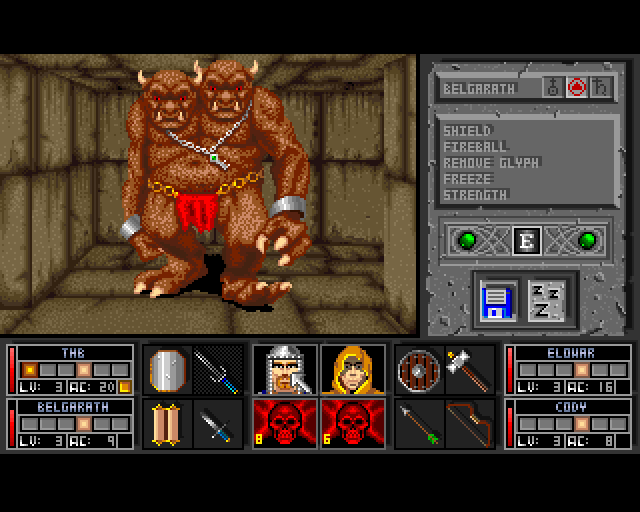
But, first things first. This studio was founded in 1990 by Brian and Steve Raffel. Their first game was supposed to be a pen-and paper RPG, but soon turned into Black Crypt released for the Commodore Amiga in 1992. The next year they released the first person RPG Shadowcaster, using their own engine, allowing free movement in a '3D' space (similarly lo Wolfenstein 3D at the time).
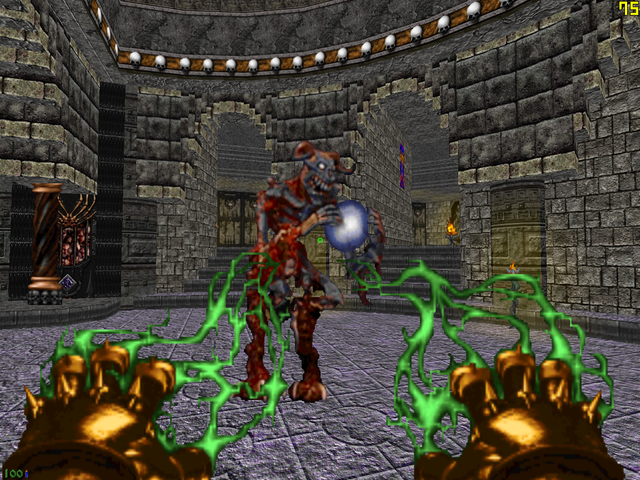
In 1994, the studio split into two teams. One developing a new engine, called STEAM (oh, the name means so much more now), which featured moving platforms, catwalk, sloped floors and transparencies but was still limited to box-like level geometry similar to Wolfenstein 3D, to make CyClones, a first person shooter which had a mouse aim system reminiscent of System Shock. The other team was using id Software's own Doom engine to make Heretic, a fantasy first person shooter. The two studios would often work together following this first collaboration, ushering in a new era for Raven.
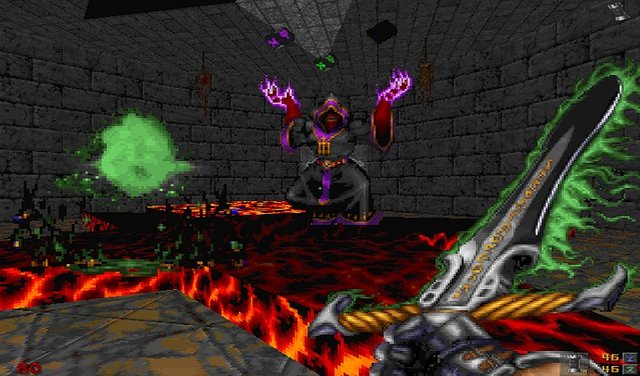
In 1995, the guys at Raven used the Doom engine again to make the sequel to Heretic, Hexen: Beyond Heretic (pretty self-explanatory, right?), which featured a hub based level design, lots of secrets, a 3 classes system, fighter, cleric and mage, each with their own strengths and weaknesses. The interesting part of this project is the fat that it was published by none other than id Software, bolstering that camaraderie they started the year before.
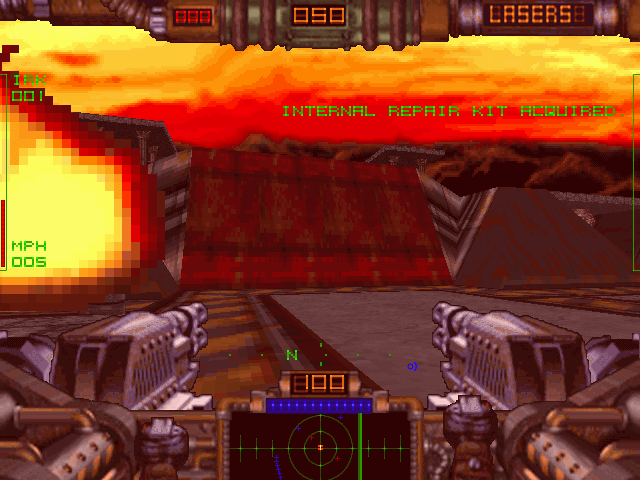
The year 1996 came and brought with it expansion packs for both Heretic and Hexen, named Deathking of the Dark Citadel and Shadow of the Serpent Riders, respectively. Raven Software also released the vehicular combat game Necrodome at this time, which ran on their own new engine, Vampire.
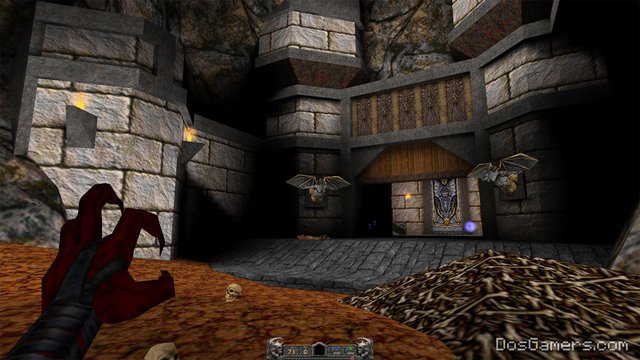
The second turning point for this legendary studio was the fact that they were acquired by Activision in 1997. It was the beginning of a slow and painful death. The glimmers of hope were still there, for a long time, because this year they also released Hexen II, powered by the Quake engine, and the top down games Take No Prisoners and MageSlayer, both powered by the previously mentioned Vampire engine.
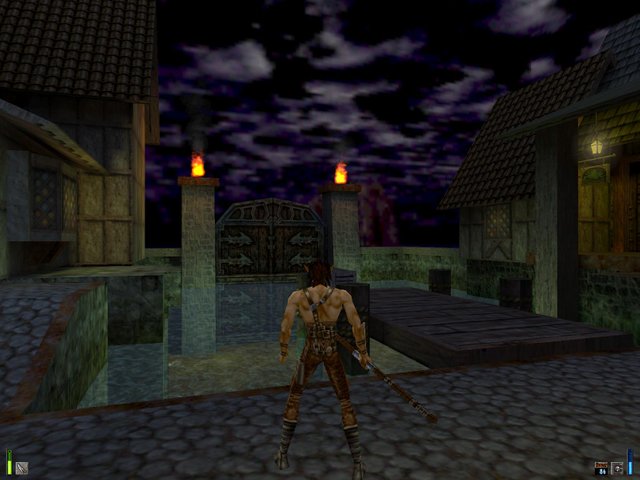
1998 brought with it the expansion pack for Hexen II, Mission Pack: Portal of Praevus, but also Heretic II (I know, the series has weird sequel naming), which was powered by the Quake II engine, and was, conversely, a third person action game. Heretic II continued the story of the protagonist of, you guessed it, the first Heretic, named Corvus.
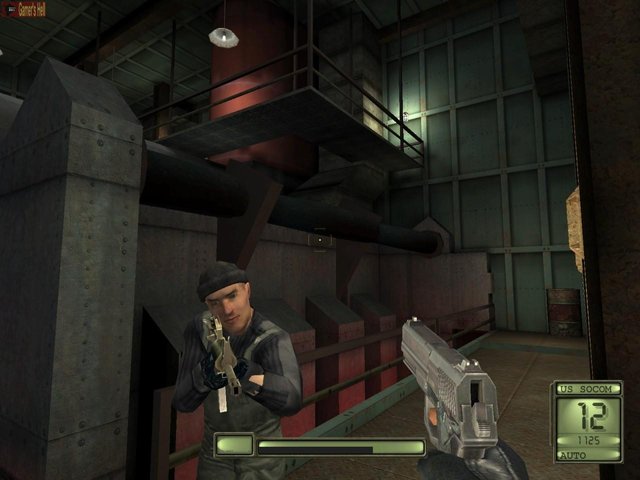
The year 2000 brought Soldier of Fortune, with its lean mechanics and enemy dismemberment. This game was also powered id Software's Quake II engine, albeit heavily modified. This year we also received Star Trek: Voyager - Elite Forces, which was a first person shooter eerily similar to Half-Life.
In 2001 Raven only released the expansion pack for Elite Forces, Virtual Voyager, so not much interesting stuff. But the future had yet to come.
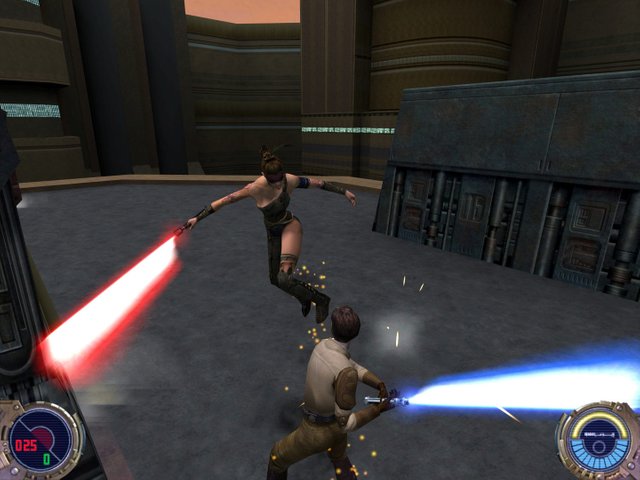
In 2002 they blew everyone away by releasing a sequel in the worst named Star Wars game series, but damn was it a good series. Yes, they made Star Wars Jedi Knight II: Jedi Outcast, which technically is not the full name (there should have been a Dark Forces somewhere in there), but also the impressive Soldier of Fortune II: Double Helix, both games being powered by id Tech 3 aka the Quake III engine.
2003 only brought us Star Wars Jedi Knight: Jedi Academy, which was still a really solid game, but it paled in comparison to the double release of the previous year, and yes, still powered by id's Quake III engine.
Raven was so trusted by Activision at this time, that ultimately they were working on Marvel properties. In 2004 they released X-Men Legends, an action RPG in the vein of Diablo, weirdly, powered by Vicarious Visions' own engine, Alchemy.
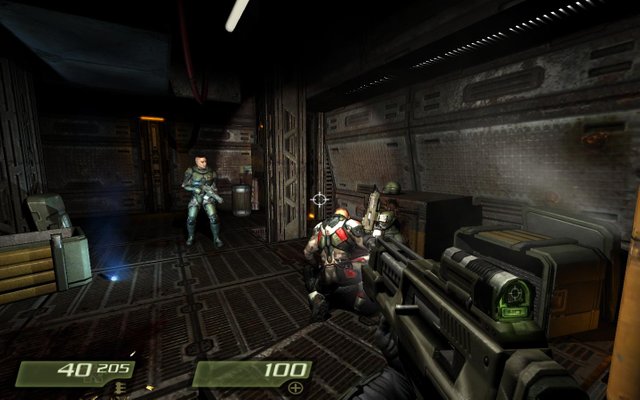
In 2005, the friendship between id and Raven was best shown. Quake 4 was fully developed by Raven Software instead of id, using the oh so dark id Tech 4. The game was a sequel to the story of Quake II, continuing the war against the Strogg alien race. The game also featured vehicle sections, a first for any id Software franchise. Another release this year was X-Men Legends II: Rise of Apocalypse, evidently a sequel to last year's X-Men Legends, still powered by Alchemy.
The year 2006 brought with it Marvel: Ultimate Alliance, another Diablo-like game, also powered by Alchemy.
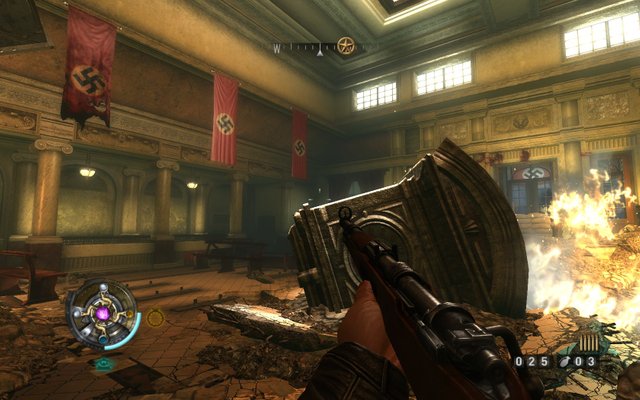
For a few years there was a draught of Raven titles, which was disconcerting to say the least, seeing how consistently they were putting out new content. This absence was ultimately quenched in 2009, when they released Wolfenstein, powered by a heavily modified id Tech 4. This is the second time Raven worked on an id franchise, but this time the results were not so stellar. The gameplay was reminiscent of Call of Duty, which was a huge step back for such a storied series, but it had a neat little twist that was a bit of a saving grace: the veil powers. Those were walking through certain walls, stopping time, buffing your weapon and a shield, with the catch that all these powers draw from the same energy pool. The game was not helped by the fact that, although heavily customised, the id Tech 4 was a relic by this point, so the graphics were not mind blowing, as everyone and their dog expected. And let's not speak about the story, because it is completely ridiculous, which is a disappointment, coming from such experimented devs (Activision syndrome?). This year they also released X-Men Origins: Wolverine, a really solid hack and slash game which just fills the player with glee through its brutality towards the enemies and which was made using the much more powerful Unreal Engine 3.
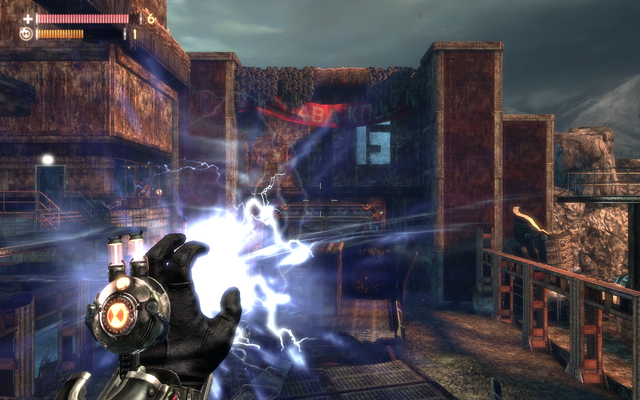
Singularity, also an Unreal Engine 3 game, which draws influence from Bioshock, Half-Life 2 and also Call of Duty was released in an incomplete state in 2010. Activision rushed the game out the door,and it shows, the game missing its subtitles and being really, really short. The story deals with time traveling and its consequences, especially putting the emphasis on the fact that the player controls the main character, so the ending is changing depending on your actions.
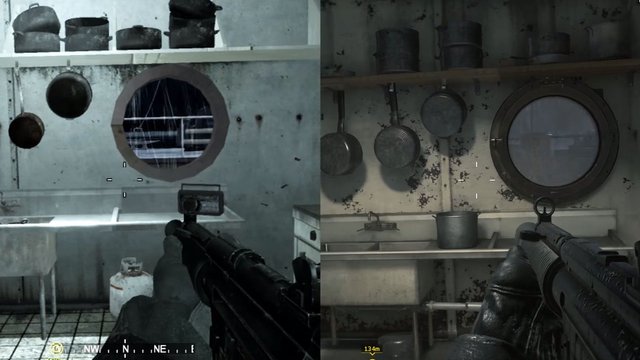
From this point on, Raven has been killed, being turned into an additional development studio for Call of Duty. They are mainly working on multiplayer, so no chances of them making a full game by their own design ideas anymore, which is a damn shame. The last glimmer of hope for the studio was Call of Duty: Modern Warfare Remastered in 2016, a full, solid game made by them. They remade the game from scratch, fine-tuned it, added easter eggs, but the sadness still persists, as this is clearly not a Raven game. It does not have the weird kinks that those games had, it is practically sterile. The game was also held hostage to help sell Call of Duty: Infinite Warfare, a vastly inferior experience.
All in all, the life of Raven Software was an eventful ride, filled with excitement, but it was ended too soon by corporate greed, its flame of passion extinguished, and it is a goddamned shame that it had to end this way. To make things worse, the brotherly bond between Raven and id was violently cut when Bethesda acquired the latter. Maybe in the future Bethesda could buy out Raven from Activision, bringing back together those two brilliant studios which shared technology between them, because if Raven was good at something, it was taking id's engines and working miracles out of them.
-Sources: the Raven Software logo comes from ossic.com, the Black Crypt image comes from emuparadise.me, the Heretic image comes from moddb.com, the Hexen image comes from generationamiga.com, the Necrodome image comes from myabandonware.com, the Hexen II image comes from dosgamers.com, the Heretic II image comes from archive.org, the Soldier of Fortune image comes from gamershell.com, the Jedi Outcast image comes from Steam, the Quake 4 image comes from gamerscoup.com, the Wolfenstein image comes from miikahweb.com, the Singularity image comes from giantbomb.com, the old vs new Modern Warfare image comes from zam.com.
Jedi knight 2 was such a great game. My first game that I played online. That was such a great time. Back when internet wasn´t so widely spread and people exchanged their phone numbers to set a date to play. Nowadays you simply login and play...nostalgia ;)
Downvoting a post can decrease pending rewards and make it less visible. Common reasons:
Submit
A prime example of a good studio killed by the big players. A shame. I don't even know how many times I've played Soldier of Fortune and, most of all, Jedi Knight 2 and Jedi Academy. Those mechanics are still unmatched.
Downvoting a post can decrease pending rewards and make it less visible. Common reasons:
Submit
It truly is heartbreaking. They are slowly rotting away, wasting all that potential.
Downvoting a post can decrease pending rewards and make it less visible. Common reasons:
Submit
Having Call of Duty: Modern Warfare Remastered only purchasable through Infinite Warfare really was a shame... Aside from the most recent WWII "boots on the ground" installment, CODs have been a cluster of super movement and overwhelming kill streaks. Modern Warfare's spawn system kept teams together making it feel like you were assaulting objectives as a squad/unit leading to a good "ebb and flow" of matches... rather than random players zipping around in chaos.
Downvoting a post can decrease pending rewards and make it less visible. Common reasons:
Submit
The team element was really emphasized in Modern Warfare (both versions), indeed. The game taught you that you are not a demigod, just an element of a team, so sticking together and flanking of enemy positions, coupled with the speed of the game really made for some interesting matches.
Good game, but the singleplayer legacy of Raven is still missing, which breaks my heart.
Downvoting a post can decrease pending rewards and make it less visible. Common reasons:
Submit
“War” mode sounds a lot like the Operations in Battlefield 1. Cool that there’s an open beta, but the field of multiplayer shooters isn’t exactly a barren wasteland. @vladalexan
Downvoting a post can decrease pending rewards and make it less visible. Common reasons:
Submit
I enjoy multiplayer as much as everyone else, but sometimes you just need a solid singleplayer shooter to break the monotony of shooting other players.
Add to that the fact that Raven really had a lot of promise in the field and you get a studio which does not reach its full potential at the moment, and will stagnate making basically the same game for a pretty long time.
Downvoting a post can decrease pending rewards and make it less visible. Common reasons:
Submit